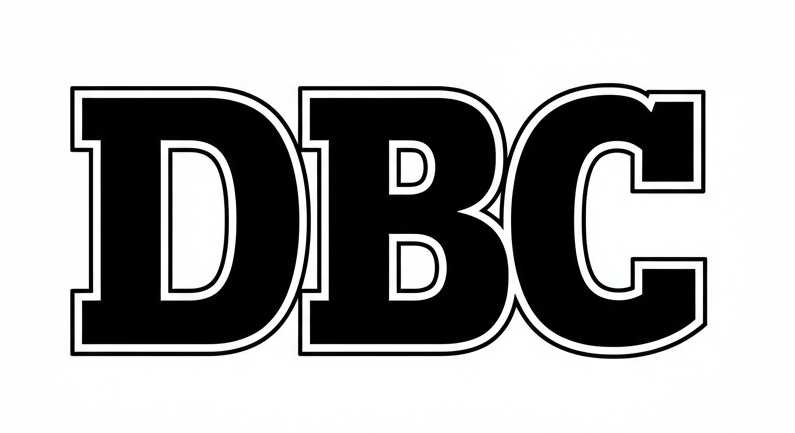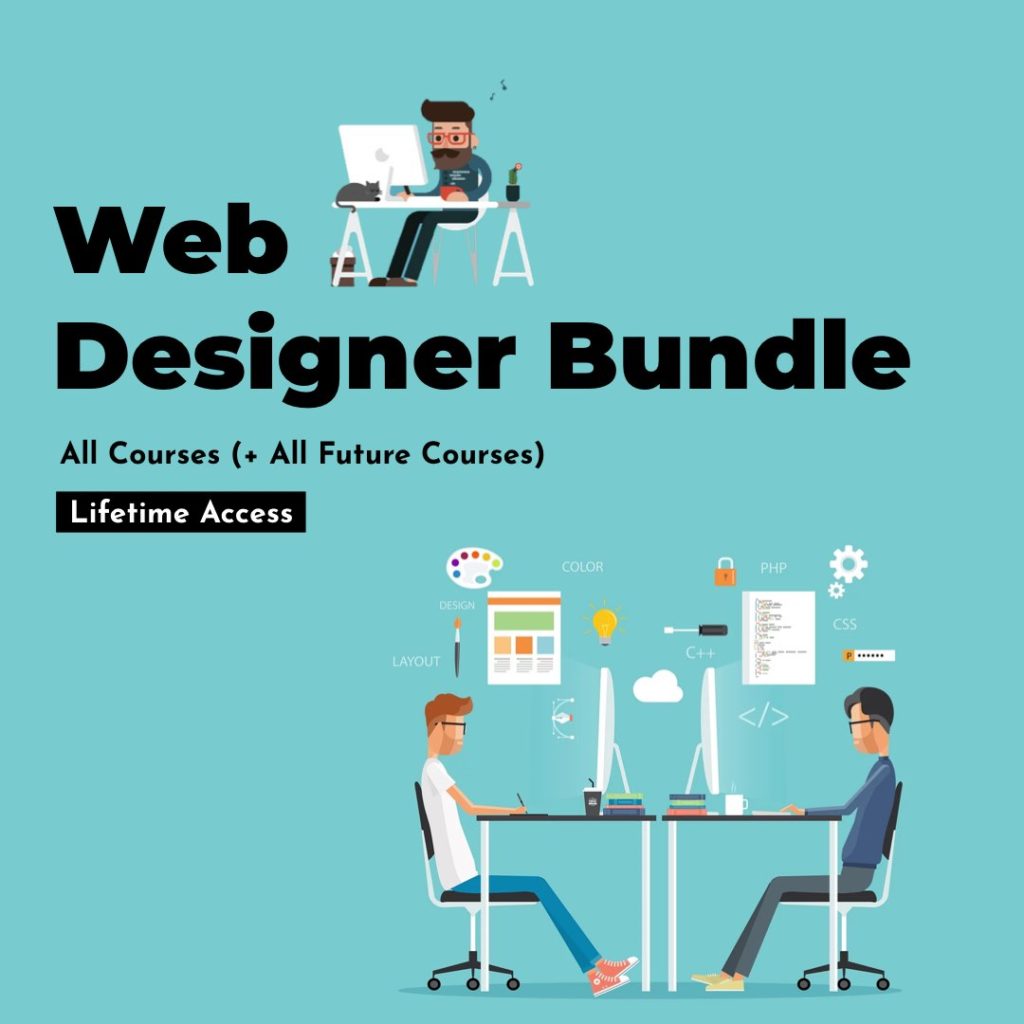Introduction
In the digital age, web design stands as a cornerstone of online presence, with businesses and individuals alike seeking to create visually appealing and functional websites. Web Designer Courses offer a comprehensive pathway for aspiring designers to learn the intricacies of crafting user-friendly interfaces, from basic HTML and CSS to advanced UI/UX principles. These courses are designed to equip students with the tools and knowledge needed to thrive in a competitive field, covering topics like responsive design, interactive elements, and modern design software. As the demand for skilled web designers continues to grow, enrolling in high-quality Web Designer Courses can open doors to lucrative careers, freelance opportunities, and personal projects. Students can expect hands-on projects, real-world applications, and expert guidance that transform theoretical knowledge into practical skills. Whether you’re a beginner looking to enter the field or a professional aiming to upskill, these courses provide flexible learning options, including online modules and interactive sessions. By the end of the course, you’ll be able to design and deploy websites that not only look great but also perform seamlessly across devices. Web Designer Courses emphasize creativity, technical proficiency, and industry best practices, making them an essential investment for anyone passionate about digital design. With a focus on emerging trends like mobile-first design and accessibility, these courses ensure graduates are well-prepared for the evolving web landscape.
Course Description
This Web Designer Courses program provides a structured journey into the world of web design, blending theoretical concepts with practical exercises. The course is delivered through interactive online modules, video tutorials, and live webinars, ensuring a dynamic learning experience. Key highlights include in-depth coverage of design tools like Adobe XD and Figma, alongside coding fundamentals in HTML, CSS, and JavaScript. Students will engage in real-time feedback sessions and collaborative projects, fostering a community of learners. The teaching style is hands-on, with assignments that simulate real-world scenarios, such as designing e-commerce sites or responsive portfolios. This approach not only builds technical skills but also encourages creative problem-solving and innovation in web design.
Building on this foundation, the course incorporates industry case studies and guest lectures from experienced web designers, offering insights into current trends and best practices. Participants will learn to optimize websites for search engines, enhance user engagement, and ensure accessibility standards are met. With a curriculum that evolves with technology, Web Designer Courses prepare students for certifications and job placements, making it a valuable asset for career advancement.
Ideal Student
- Beginners eager to enter the web design field with no prior experience, seeking foundational knowledge in HTML, CSS, and basic design principles.
- Graphic designers transitioning to web design, wanting to learn UI/UX and responsive design to expand their skill set.
- Freelancers or entrepreneurs aiming to create their own websites or client projects, focusing on practical tools like Figma and Adobe XD.
- Professionals in related fields, such as marketing or IT, looking to upskill in web development fundamentals for career growth.
- Creative individuals passionate about digital art and online platforms, interested in building interactive and mobile-friendly designs.
Learning Outcomes
- Master the essentials of web design, including HTML structure, CSS styling, and JavaScript interactivity for dynamic websites.
- Develop proficiency in UI/UX principles to create user-centered designs that enhance engagement and accessibility.
- Create responsive web layouts that adapt seamlessly to various devices, ensuring optimal performance on desktops and mobiles.
- Build a professional portfolio showcasing projects, demonstrating skills in tools like Figma and web design software.
- Apply best practices in web design for SEO optimization, speed, and security, preparing sites for real-world deployment.
Course Modules
This section outlines the comprehensive modules in Web Designer Courses, each designed to build upon the previous one for a progressive learning experience.
Module 1: Introduction to Web Design Fundamentals
This module introduces the core concepts of web design, starting with the history and evolution of the web. You’ll learn about the basic principles of layout, color theory, and typography, essential for creating visually appealing sites. Key topics include understanding user interfaces and the importance of accessibility. Students will dive into HTML basics, exploring how tags structure content and create meaningful web pages. Key highlights:
- Setting up your development environment with tools like code editors and browsers.
- Hands-on exercises to write simple HTML documents.
- Introduction to CSS for styling elements and improving aesthetics.
Module 2: Mastering HTML and CSS
Dive deeper into HTML and CSS, focusing on advanced techniques for building robust web structures. This module covers semantic HTML for better SEO and accessibility, along with CSS selectors, flexbox, and grid layouts for responsive designs. You’ll explore how to style forms, navigation menus, and multimedia elements. Key highlights:
- Creating cross-browser compatible code to ensure consistency.
- Implementing media queries for mobile-friendly designs.
- Practical projects like designing a personal blog layout.
Module 3: UI/UX Design Principles
Explore UI/UX design, emphasizing user-centered approaches to web creation. This module teaches wireframing, prototyping, and usability testing using tools like Figma. You’ll learn about user personas, journey mapping, and accessibility standards. Key highlights:
- Designing intuitive interfaces that boost user engagement.
- Conducting A/B testing for better conversion rates.
- Incorporating feedback loops in design iterations.
Module 4: JavaScript for Interactive Web Design
Delve into JavaScript to add interactivity to your web designs, covering variables, functions, and event handling. This module focuses on DOM manipulation and creating dynamic content. Key highlights:
- Building forms with validation for user input.
- Creating animations and sliders for engaging sites.
- Integrating APIs for real-time data updates.
Module 5: Responsive and Mobile Design
Focus on responsive design techniques to ensure websites perform across devices. This module covers breakpoints, flexible images, and adaptive layouts. Key highlights:
- Using CSS frameworks like Bootstrap for rapid development.
- Testing designs on emulators and real devices.
- Optimizing for touch interfaces and performance.
Module 6: Advanced Design Tools and Software
Master advanced tools like Adobe XD, Figma, and Sketch for professional web design. This module includes vector graphics, prototyping, and collaboration features. Key highlights:
- Creating high-fidelity mockups and prototypes.
- Version control and team workflows.
- Exporting designs for development integration.
Module 7: SEO and Web Optimization
Learn SEO strategies to make your web designs visible and efficient. This module covers keyword research, on-page SEO, and site speed optimization. Key highlights:
- Implementing meta tags and structured data.
- Analyzing site performance with tools like Google Analytics.
- Ensuring mobile SEO best practices.
Module 8: Building a Web Design Portfolio
Focus on curating a professional portfolio to showcase your work. This module guides you through selecting projects and presenting them effectively. Key highlights:
- Designing a personal website for your portfolio.
- Writing compelling case studies.
- Networking and job application strategies.
Module 9: Real-World Projects and Case Studies
Apply knowledge to real-world projects, analyzing case studies from successful web designs. Key highlights:
- Collaborating on group projects.
- Receiving expert feedback.
- Building from industry examples.
Module 10: Career Development in Web Design
Prepare for a career in web design with resume building and interview tips. Key highlights:
- Exploring job markets and freelancing.
- Certifications and continuous learning.
- Ethical considerations in design.
Real-World Applications and Success Stories
Web Designer Courses equip students with skills for real-world applications, such as designing e-commerce sites that drive sales through intuitive navigation and fast load times. Graduates often apply these techniques to create responsive portfolios that attract clients, or optimize corporate websites for better user engagement, directly impacting business growth.
Success stories include a student who landed a job at a top agency after completing the course, using their UI/UX expertise to revamp client sites. Another alumni launched a freelance career, earning through custom web designs, crediting the hands-on projects for their achievements.
Pricing
Web Designer Courses offer flexible pricing to suit various budgets and learning preferences.
- One-Time Payment: Access the full course for a single fee of $499, including all modules, resources, and lifetime updates for comprehensive learning.
This plan includes expert support and bonuses, making it a cost-effective choice for serious learners in Web Designer Courses.
Pros and Cons
Pros
- Comprehensive curriculum covering all aspects of web design.
- Hands-on projects for practical experience.
- Access to industry tools and software.
- Flexible online learning schedule.
- Strong community and expert support.
- Certification upon completion.
Cons
- Requires consistent time commitment.
- Some advanced modules may need prerequisite knowledge.
- Limited in-person interactions.
- Potential for information overload for beginners.
- Software costs may be extra.
- Fast-paced content for some learners.
FAQs
Is this course suitable for beginners?
Yes, Web Designer Courses start with basics and gradually build up, making it ideal for beginners with no prior experience.
How long does it take to complete the course?
It typically takes 3-6 months, depending on your pace and dedication to the modules.
Are there any prerequisites?
No major prerequisites, but basic computer skills and interest in design are recommended.
Does the course include certification?
Yes, upon completion, you’ll receive a certification to boost your resume.
Can I access the course materials after completion?
Absolutely, lifetime access is included with your enrollment.
What software do I need?
You’ll need access to tools like Figma or Adobe XD, with free trials often available.
Final Verdict
Overall, Web Designer Courses stand out as an excellent choice for anyone looking to dive into the world of web design, offering a balanced mix of theory and practice that caters to both novices and experienced designers. The program’s strengths lie in its comprehensive curriculum, which covers everything from foundational HTML and CSS to advanced UI/UX and responsive design, ensuring students gain versatile skills applicable to real-world projects. With interactive modules, hands-on assignments, and access to cutting-edge tools, learners can build professional portfolios that showcase their talents, making it easier to secure jobs or freelance gigs. The course’s flexibility, with self-paced learning and lifetime access, adds to its appeal, allowing individuals to learn at their own speed without the pressure of deadlines. However, it may require a significant time investment, which could be a challenge for those with busy schedules. Despite minor cons like the need for self-discipline, the value provided far outweighs any drawbacks, especially with the included certification and community support. If you’re passionate about creating stunning, functional websites and want to advance your career in web design, Web Designer Courses are definitely worth enrolling in. They not only teach essential techniques but also instill confidence and creativity, preparing you for the demands of the digital landscape.


